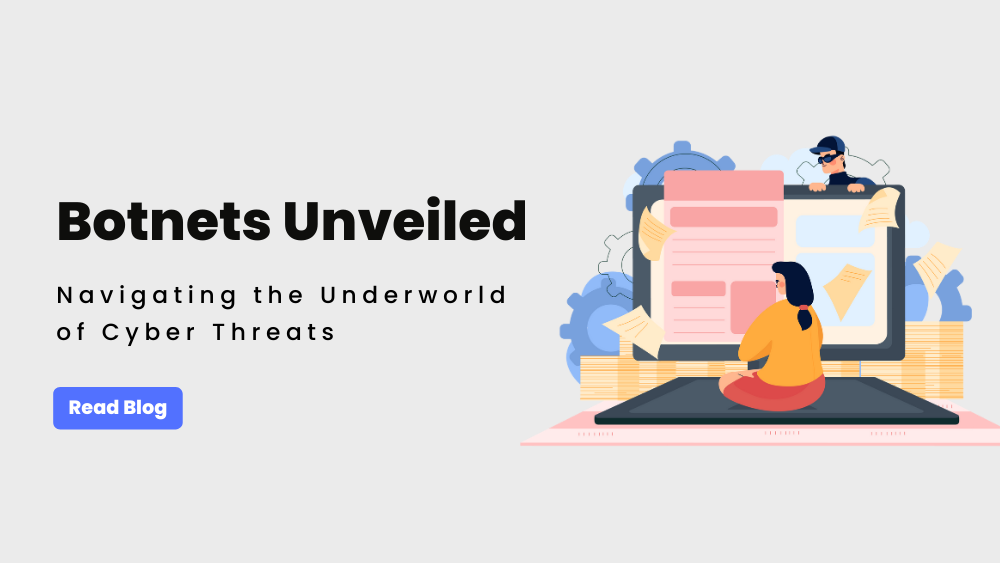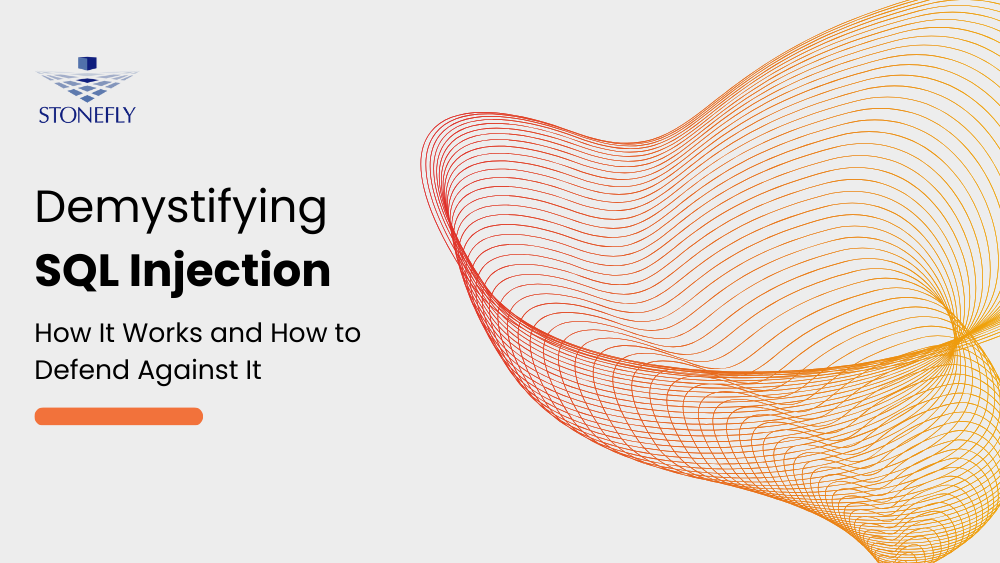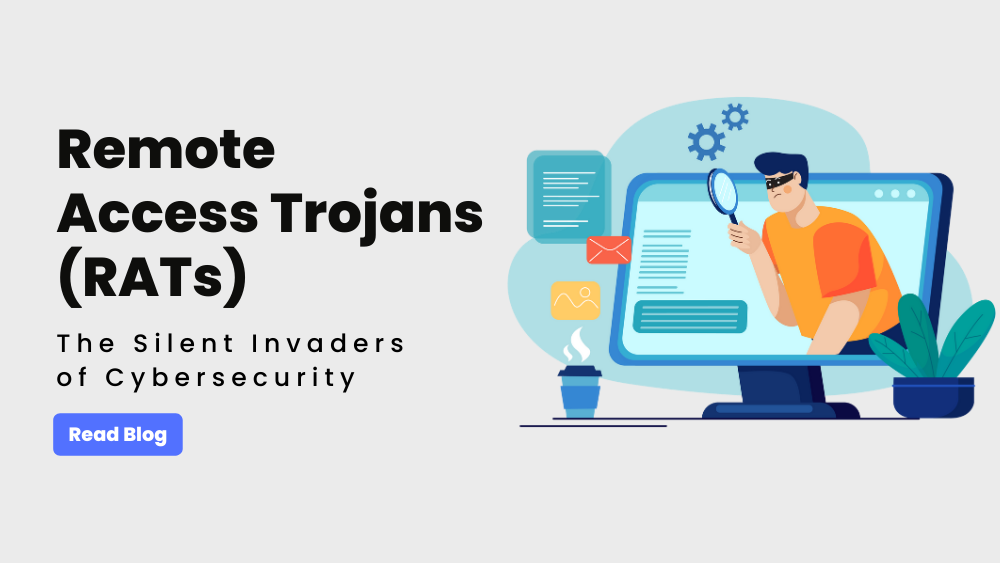Enterprise data protection solutions are essential for all kinds of businesses. Without reliable backup and disaster recovery (DR), enterprises risk losing their data even if they have enterprise-level infrastructures like Nutanix hyper-converged infrastructure.
Enterprises with cloud-first policies and hardware-less IT environments can setup their backup and disaster recovery in the cloud. Cloud backup and disaster recovery is also preferable for businesses with financial restrictions.
Use case(s): Deploying Cloud Backup and Disaster Recovery for Nutanix Infrastructures
Enterprises with Cloud-first Policies:
Consider an enterprise environment that works in accordance to cloud-first policies. This enterprise has Nutanix hyperconverged infrastructure deployed in the cloud. Due to their policies, they cannot setup on-premises appliance to backup their mission critical data. This IT environment can then integrate the cloud and setup their backup in the cloud as well. With cloud based backup, the enterprise can gain access to enterprise-level services without having to deal with the infrastructure and its costs.
Enterprises with Financial Restrictions:
Enterprise IT environments, regardless of whether they have on-premises infrastructure or cloud based infrastructure, restricted by limited financial resources need backup and disaster recovery but cannot bear the initial costs of setting up on-premises infrastructure. Such enterprises can instead setup backup and disaster recovery in the cloud.
The cloud delivers reliable and cost effective solutions that ensure high availability and data recoverability for enterprise workloads.
Cloud based services offer scalability and flexible payment models. Enterprises don’t have to Fat Provision, or Thick Provision, their storage for backup and disaster recovery in advance to accommodate expected data growth. They can setup the storage required and then expand as the data grows. This makes for a very cost effective backup and disaster recovery solution for the enterprise.
What StoneFly offers for Cloud Backup and Disaster Recovery (DR) of Nutanix Infrastructure(s)?
StoneFly offers a number of solutions to enable enterprises to integrate the cloud with their existing infrastructure and ensure high availability and data recoverability for their enterprise workloads.
Nutanix infrastructure uses three hypervisors: Microsoft Hyper-V, VMware ESXi and Nutanix Acropolis.
StoneFly offers Veeam cloud connect to Microsoft Azure cloud for enterprise environments that have deployed their workloads with either Microsoft Hyper-V or VMware ESXi hypervisors. Veeam delivers simplified backup and data replication ensuring reduced RTPOs (RTOs and RPOs). Microsoft Azure cloud delivers enterprise-level data security and ensures high availability for data stored in the Azure cloud.
You can learn more about the security policies of Azure cloud in this article: Microsoft Azure Cloud Security for Enterprise Data and Applications.
StoneFly’s partnership with Microsoft Azure cloud enables StoneFly’s customers to setup their data backups in Azure datacenters around the globe.
The combination of Veeam and StoneFly delivers a number of enterprise level services to enterprises, some of them are as follows:
- Month to month contract
- Data Encryption (AES-256 and SSL/TLS tunneling)
- Scale-out Storage Repository
- Storage Snapshots
- Deployment in less than 30 minutes
- 6 Geo-redundant copies in the cloud
- Geo-replication
For enterprise IT environments that have deployed Nutanix Acropolis hypervisor, StoneFly offers cloud gateway appliances. Acropolis enables users to take snapshots of their data. StoneFly’s cloud gateway appliances enable users to migrate these snapshots to Microsoft Azure cloud.
Our cloud gateway appliances support Azure Blob (Hot, Cold, Archive) and AWS (S3, Glacier) and private cloud.
Thanks to StoneFly’s partnership with Veeam and Microsoft Azure, we’re offering a special offer at 50% off. To learn more, contact us.
You can also get a free trial for Veeam cloud connect backups to Azure.
Conclusion
Enterprise workloads are not protected from data loss even in enterprise-level infrastructures like Nutanix hyper-converged infrastructure. Enterprises have to setup backup solutions to ensure data recoverability and high availability.
Backup appliances deliver effective data protection for enterprise workloads but enterprises that do not have the financial resources or cannot setup on-premises infrastructure due to cloud-first policies can setup backup and disaster recovery in the cloud.
StoneFly delivers Veeam cloud connect to Azure for enterprises running their Nutanix infrastructure on VMware ESXi or Microsoft Hyper-V hypervisors. For enterprises running Nutanix Acropolis hypervisor, StoneFly offers gateway to Microsoft Azure enabling enterprises to migrate their snapshots to the Azure cloud.
Interested about Veeam cloud connect backup to Azure? Read more here: Veeam cloud connect Backup to Azure.
To learn more about StoneFly’s cloud gateway appliances: Click on this link.










